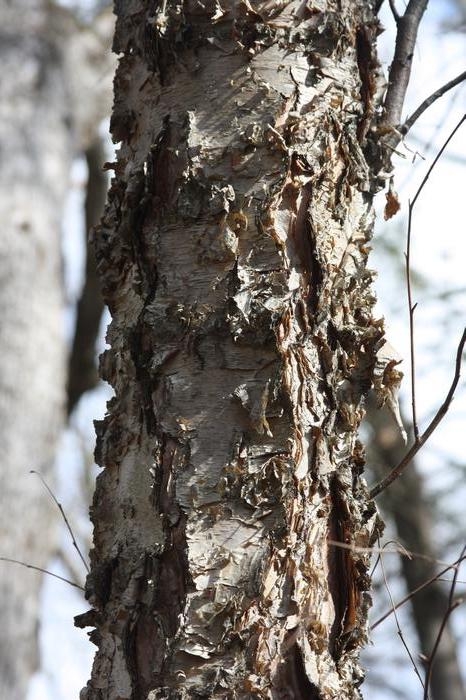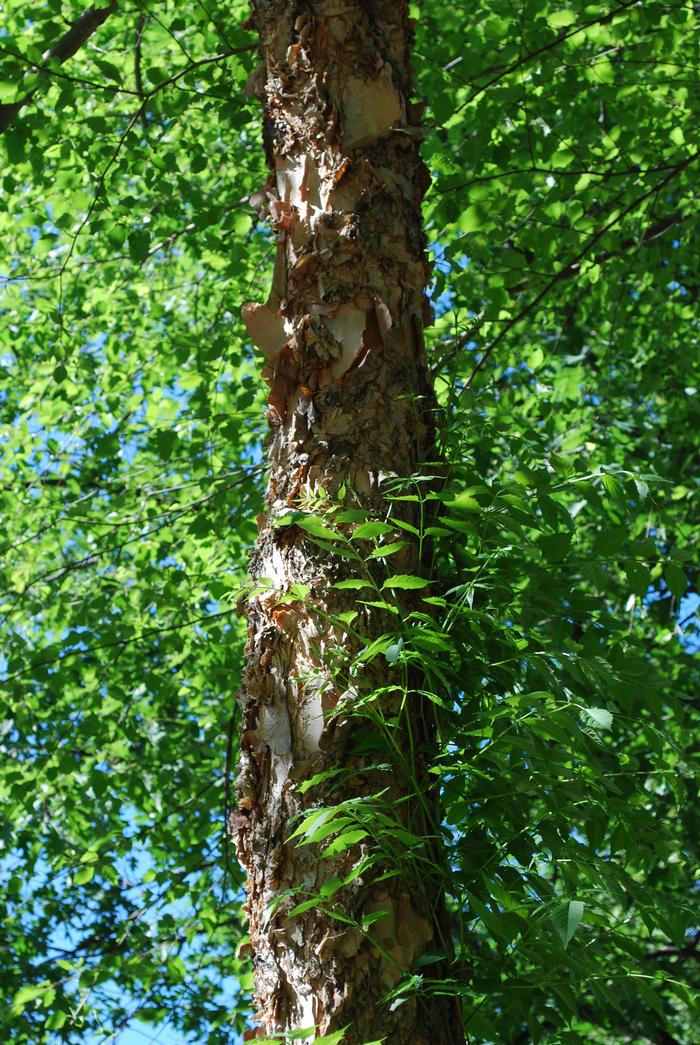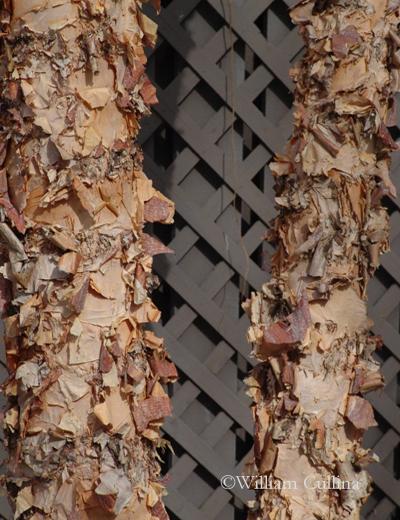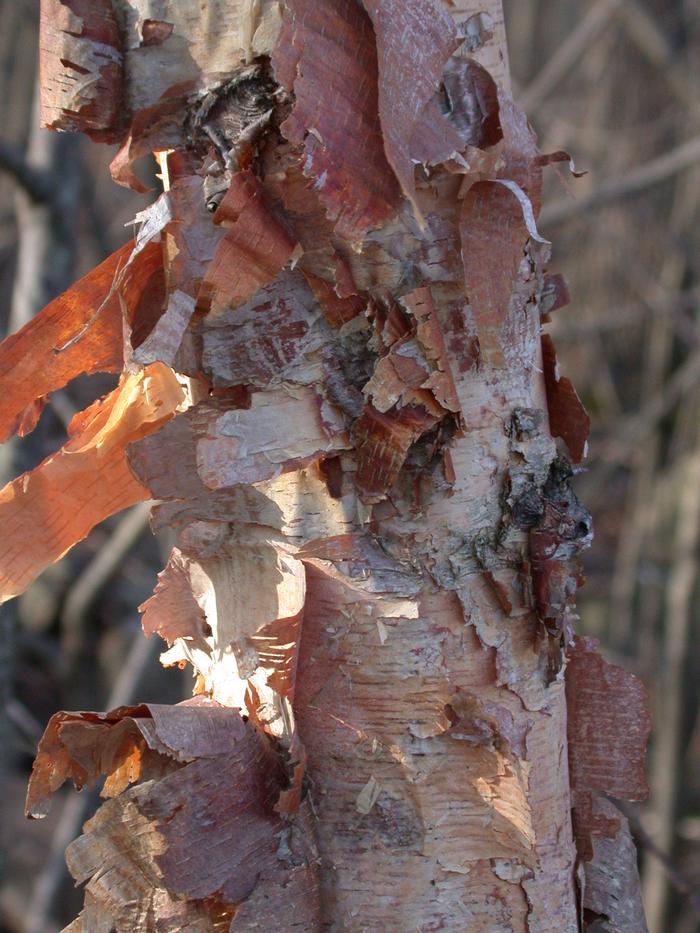River birch can handle urban heat better than any other species in New England. Dark yellow (sometimes pink-tinged) bark begins to peel in the tree's 4th or 5th year. Despite serving as a host plant for many insects, this species is not affected by bronze birch borer.
Return to Plant Search Home
Cultivation Status
|
Exposure
|
Soil Moisture
|
Ecoregion
| • |
(84) Atlantic Coastal Pine Barrens |
| • |
(59) Northeastern Coastal Zone |
| • |
(83) Eastern Great Lakes Lowlands |
| • |
(58) Northeastern Highlands |
|
Attracts Wildlife
| • |
Host Plant |
| • |
Pollinator Powerhouse Plant |
| • |
Attracts Songbirds |
|
Tolerance
| • |
Deer/Rabbit Resistant |
| • |
Urban Environment |
| • |
Compaction Tolerant |
| • |
Salt Tolerant |
|
Additional Attributes
|
Landscape Use
| • |
Naturalize |
| • |
Rain Garden |
| • |
Specimen |
| • |
Massing |
|
Attractive Fall Foliage and/or Ornamental Fruit
| • |
Bright Yellow to Bronze Fall Foliage |
|





